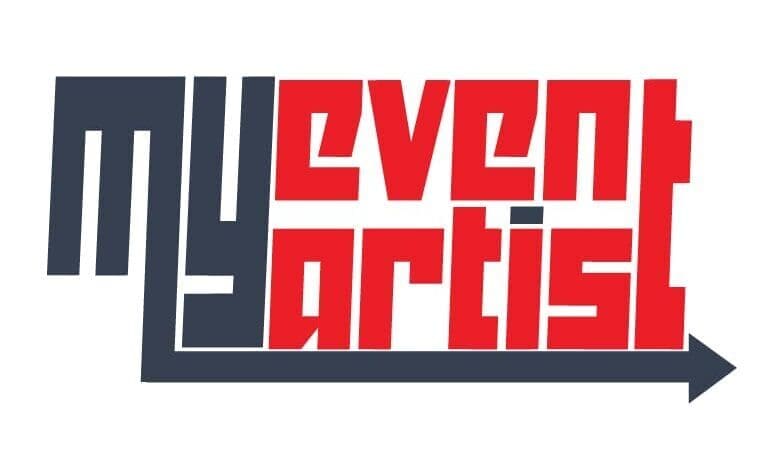In today’s competitive sports landscape, turning passion into a profitable sports brand is both an exciting adventure and a formidable challenge. Whether you are a budding athlete with dreams of running your own academy, an entrepreneur aiming to launch a sports apparel line, or an event organizer looking to leave a mark in the world of sports, understanding how to create and market a strong brand is crucial for long-term success. This blog post will explore effective strategies for building a sports brand, from defining your brand identity to implementing successful marketing techniques, all while emphasizing the importance of well-designed logos and branding materials.
Understanding Your Brand Foundation
Before implementing any strategies, it is essential to understand the foundation of your brand.
1.
Defining Your Vision and Mission
Every brand needs a clear vision and mission statement to guide its identity.
- Vision Statement: This articulates what you aspire your brand to become. For example, if your goal is to promote youth sports engagement, your vision might be “Empowering the next generation of athletes through accessible sports education.”
- Mission Statement: This outlines your brand’s purpose and what it seeks to achieve in the short term. A potential mission for a sports brand could be “To provide top-quality sports gear that enhances performance and inspires confidence.”
2.
Identifying Your Target Audience
Understanding your audience is crucial for brand success.
- Demographics: Define the age, gender, interests, and income levels of your target customers. For example, if you’re launching a sports equipment line for teenagers, your branding strategy may differ significantly from one targeting professional athletes.
- Psychographics: This involves understanding the values, attitudes, and lifestyles of your audience. Engaging with your community through surveys or social media can provide invaluable insights into what your audience values most.
Creating a Strong Brand Identity
Once you’ve defined your brand’s purpose and audience, it’s time to create a strong brand identity.
1.
Logo Design and Visual Branding
A well-designed logo is the cornerstone of brand identity.
- The Power of Logos: A logo tells your brand’s story at a glance. It should be memorable, versatile, and appropriate for your target audience. Invest in professional logo design services to ensure your visual identity resonates with your values. At MyEventArtist, we specialize in event logo design tailored specifically for sporting events.
- Color Palettes: Choose color schemes that evoke the emotions you want your audience to feel. For example, vibrant colors may communicate energy and enthusiasm, while blues may signal trust and reliability.
- Typography: The fonts you select should reflect your brand’s personality. Sports brands often use bold and dynamic typefaces that capture the excitement of competition.
2.
Crafting a Brand Voice
Your brand voice should remain consistent across all communications.
- Tone and Style: Decide whether your brand will adopt a formal, playful, motivational, or informative tone. This consistency in voice strengthens brand recognition and builds trust.
- Engagement: Speak directly to your audience in a way that resonates with them. Use social media, email newsletters, and promotional materials to connect with your community authentically.
Building a Marketing Strategy
With a solid foundation and identity in place, it’s time to implement effective marketing strategies that elevate your sports brand.
1.
Leveraging Social Media
Social media platforms are essential tools for brand promotion.
- Platforms Selection: Choose platforms that best align with your target audience. For example, Instagram is ideal for visual content, while Twitter can be beneficial for real-time updates and engagements.
- Content Creation: Generate diverse content that includes behind-the-scenes videos, athlete stories, tips, and tutorials related to your sport. Engaging content encourages shares and increases your reach.
- Community Engagement: Encourage user-generated content by hosting contests, challenges, and collaborations with influencers. Engaging followers fosters loyalty and enhances organic growth.
2.
Sponsorships and Collaborations
Forming partnerships can significantly boost your brand’s visibility.
- Sponsorship Opportunities: Partner with local sports teams, tournaments, or events. Sponsoring competitions not only helps in brand recognition but also aligns your business with community initiatives.
- Collaborate with Influencers: Engage with athletes and sports influencers who resonate with your brand values. Their endorsement can enhance your credibility and reach, potentially leading to increased sales.
3.
Effective Use of Content Marketing
Creating valuable content can position your brand as an authority in the sports field.
- Informative Blogging: Develop a blog on your website where you share insights, training tips, gear reviews, and overall inspiration related to sports. This not only drives traffic to your site but also helps build a community around your brand.
- Email Marketing: Use newsletters to keep your audience informed about new products, upcoming events, and exclusive discounts. Personalized emails can significantly increase customer loyalty and engagement.
Monitoring and Adapting Your Strategy
Brand-building is an ongoing process that requires continual refinement based on feedback and changing market conditions.
1.
Gathering Feedback
Regular feedback is critical for growth and improvement.
- Customer Surveys and Reviews: Actively seek feedback from your customers regarding your products, branding, and overall customer experience. Use this input to make informed decisions about your brand strategy.
- Monitor Social Media Engagement: Track how your audience interacts with your content. Analyzing engagement metrics allows you to understand what works and what doesn’t, guiding future content creation.
2.
Analyzing Performance Metrics
Evaluate the performance of marketing strategies regularly.
- Key Performance Indicators (KPIs): Measure success through metrics such as website traffic, social media engagement, email open rates, and sales conversion rates. These KPIs provide insight into the effectiveness of your marketing efforts.
- A/B Testing: Experiment with different approaches in your branding and marketing strategies to see what resonates best with your audience. Testing email layouts, social media posts, or ad creatives can reveal valuable information.
Conclusion: The Journey of Building a Sports Brand
Turning a passion for sports into a profitable brand is both an exciting journey and a complex challenge. Successful branding involves defining your vision, understanding your audience, creating compelling visual identities, and employing strategic marketing methods to engage and grow your community.
At MyEventArtist, we recognize the value of effective branding in the sports industry. Our logo design services enable event organizers, sports teams, and apparel businesses to develop unique identities that resonate with their target audiences. Explore our diverse range of print-ready vector logo designs and customizable fonts at myeventartist.com today. If you’re looking for tailored designs that embody the essence of your sporting events, our custom logo design services offer the perfect solution.
Start building your sports brand today and transform your passion into profit through strategic branding and marketing.
Keywords: sports branding, logo design, marketing strategies, audience engagement, brand identity, sponsorship opportunities
Hashtags: #sportsbranding, #logodesign, #marketingstrategies, #audienceengagement, #brandidentity, #sponsorshipopportunities



Leave a Reply